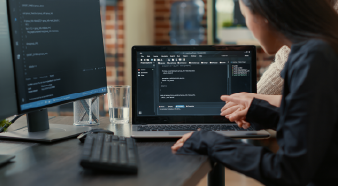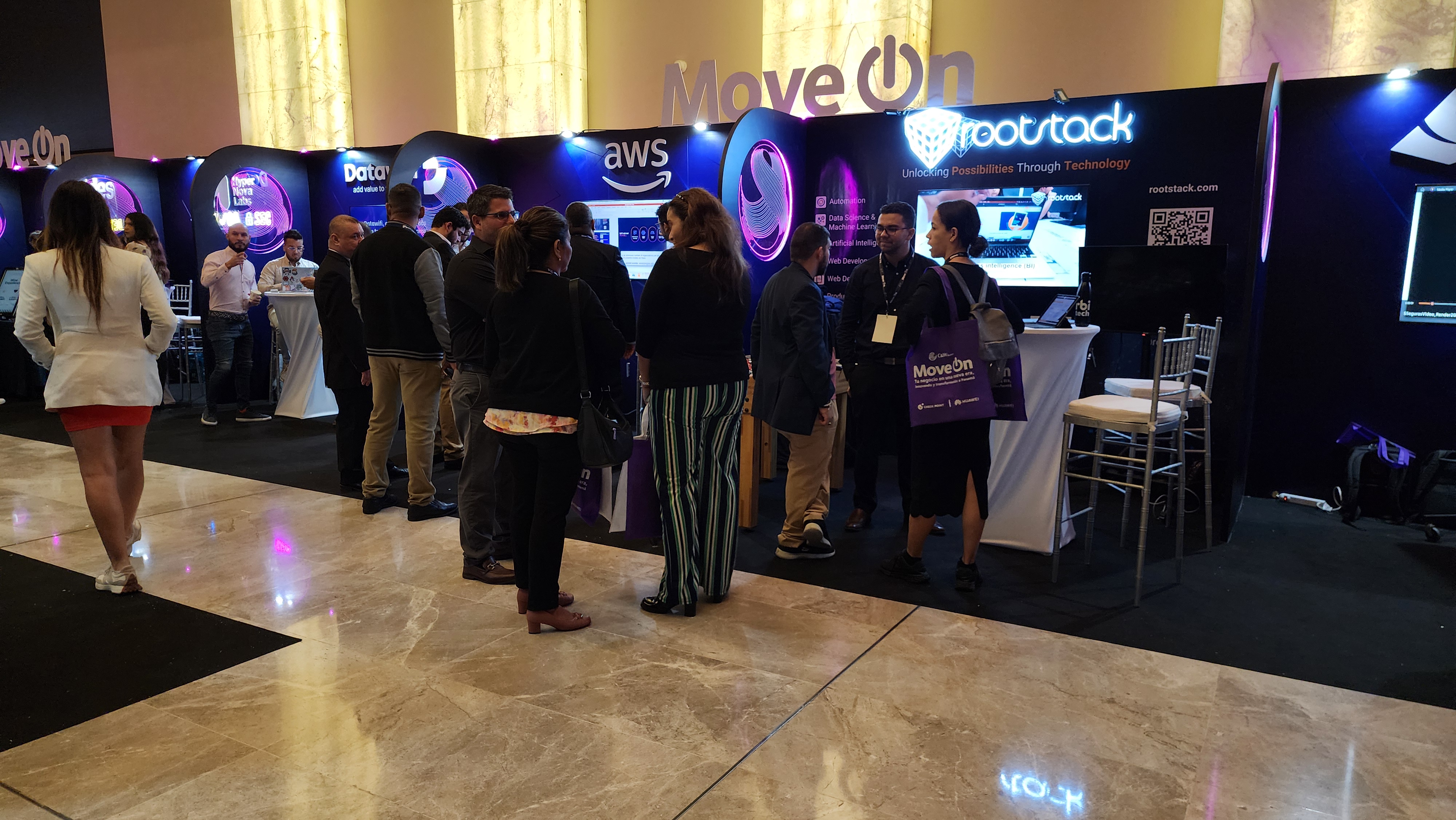Working with Observability for software projects
January 02, 2024
Table of contents
Quick Access

When we work as developers, PMs, QA or another role that is part of a team for the development of an application, no matter how much preparation and experience we have, sooner or later we will need tools that empower our team to improve its development, diagnose problems, find faults, prioritize and make better decisions.
There are many types of tools, and these can be used from local development environments to our productive environments. When we use these constellations of tools, we truly achieve a 360 view and are able to know our application like never before.
Observability: A more informed and data-driven way of working
There are several categories to take into account when you want to work “data-driven” or in a way motivated by data.
Profilers to optimize speed and memory usage
When talking about a profiler, we refer to software development tools that allow us to analyze the performance and processes of an application and thus be able to improve sections of code that are not working properly.
“They provide measurements of how long a routine takes to execute, how often it is called, where it is called from, and how much total time somewhere is spent executing that routine. If you have used a profiler in the past, you will surely agree that it is a wonderful asset during the development and QA process” they explain at Smartbear.
Monitoring
In BMC they explain “While monitoring may be a casual term that can be applied to tracking or logging or a number of other activities, in this context, monitoring is much more specific: instrumenting an application and then collecting, aggregating and analyzing metrics. to improve your understanding of how the system behaves.”
Tracing
Tracing provides the developer with a broad, continuous picture of the application they are working on. It aims to follow the flow of a program and analyze the progression of data. Tracking or tracing represents, in short, the journey of a user through an application stack, with the purpose focused on optimization, identifying bottlenecks and being able to solve them to improve performance.
Logging
In this logging step, centralized error reporting and related data will be tracked. Registry is useful in large applications, it can be used in small applications, but only if it has a crucial function. Log files are important as they can show any event within the application or system, for example, a discrete failure, error, or state transformation that is affecting proper operation.
What is Observability?
At New Relic they explain “A simple way to describe observability is how well the system can be understood from the output. In control theory, observability is defined as the way in which engineers can infer the internal states of a system from knowledge of that system's external outputs. Extended to IT, software, and cloud computing, observability is the way engineers can understand the current state of a system from the data it generates. To fully understand it, you need to proactively collect the right data and then visualize it and apply intelligence.”
In other words, solutions that bring together all the different tools and use them together achieve Observability and therefore improve the operation of an application to keep it in optimal operating conditions for the user.
Once we have captured this information, we are able to prioritize tasks with reason: for a module that perhaps has many errors of a recurring type; In other cases, we realize that a certain page has more traffic, and we can give it focus for optimization tasks along with a profiler that would help the developer to correct or optimize the most problematic paths or those that cause the bottleneck in the code.

Datadog: A modern technology for observability
A scalable and versatile cloud-based software-as-a-service solution like Datadog gives businesses the ability to have an overview of their entire technology stack.
Enterprises can gain real-time monitoring and analysis benefits on their systems and user experience from a single source thanks to Datadog's monitoring consolidation feature. Through clean, concise monitoring, teams can effectively locate and mitigate issues.
Rootstack is confident in Datadog's reach and offering because it has solutions for all types of business models and companies with custom requirements are probably the ones that could benefit the most due to the high level of integrations and customization available on the platform. Other uses for Datadog are in the fields of healthcare and financial services, e-commerce, machine learning, IoT, and much more.
Where to start with observability in a software project
If your team does not use any type of tool, it is important to first start by analyzing common problems and areas for improvement. From a development point of view, developers should be able to mention that they find it difficult to solve their day-to-day tasks and this could provide a great clue as to where to start. For performance problems, profilers are always a good starting point. On the other hand, an APM like the one offered by New Relic could clarify details about errors that are difficult to resolve.
For a more experienced team we probably want to focus more than anything on the areas to improve and research a tool that solves those needs. Generally, the tools that offer observability will have one or multiple solutions for the problems we want to solve in these cases. These teams could be thinking about improving the user experience, points of failure in the APIs, interest in “funnel analysis” or generating other dashboards to be able to have visibility of different corners of an app or ecosystem of apps to make a better-informed decision.
We recommend you this video
Related Blogs

What programming language is used for API development?

ERP Software: Benefits for the banking industry

Best Practices for Hiring an RPA Developer

BPM solutions for the hotel industry

